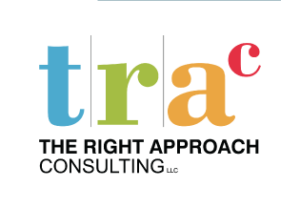Continuing with my GBU human interest stories that highlight folks that have made both exceptionally fortuitous decisions, as well as those that will never be inducted into the Good Decision Hall of Fame. I hope you enjoy them.
The Good: Matt Mullenweg started WordPress, which now powers >25 percent of the Web
Mullenweg dropped out of the University of Houston in 2004.
 At age 20, he had already developed the beginnings of WordPress and was fielding job offers from tech companies. He dropped out to work for CNET in San Francisco, with a promise that he could continue developing his side project 15 percent of the time.
At age 20, he had already developed the beginnings of WordPress and was fielding job offers from tech companies. He dropped out to work for CNET in San Francisco, with a promise that he could continue developing his side project 15 percent of the time.
He left to found Automattic, the company behind WordPress. WordPress is the most popular CMS in the world and is used by nearly 75 million websites. According to WordPress, more than 409 million people view more than 23.6 billion pages each month and users produce 69.5 million new posts and 46.8 million new comments every month. It also powers more than 25% of the world’s websites.
Contact me right away to see how I can help you keep your quality system in the Good category, and avoid descending into the Bad and Ugly.
920-841-3478
Steve@TheRightApproachConsulting.com










You must be logged in to post a comment.